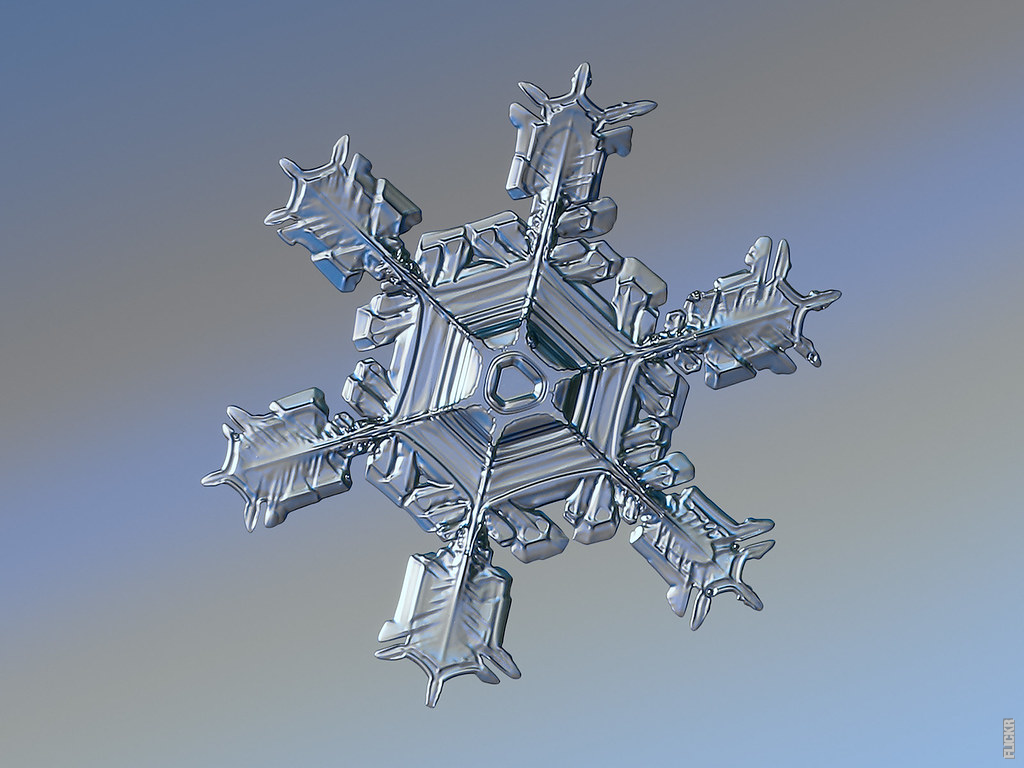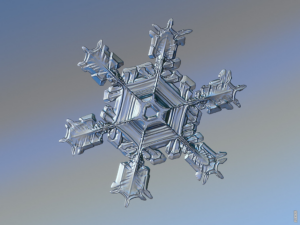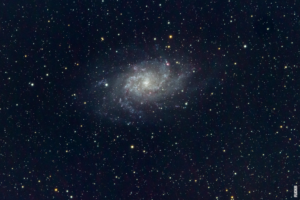The Fascinating Beauty of Snowflakes
The intricate patterns of snowflakes have captivated humans for centuries. These delicate ice crystals, falling from the sky in a mesmerizing dance, are a true wonder of nature. But have you ever wondered why snowflakes are always hexagonal in shape?
The Molecular Structure of Snowflakes
At a molecular level, the shape of a snowflake is determined by the arrangement of water molecules as they freeze in the atmosphere. Water molecules are made up of two hydrogen atoms and one oxygen atom, forming a V-shape.
When water vapor condenses in the cold air, these molecules come together to form a hexagonal crystal lattice. This hexagonal structure is due to the unique arrangement of the hydrogen bonds between adjacent water molecules.
The Magic of Hydrogen Bonds
Hydrogen bonds are electromagnetic attractions between the positively charged hydrogen atoms and the negatively charged oxygen atoms. These bonds are relatively weak, but when billions of water molecules come together, they create a strong lattice structure.
The hydrogen bonds in a snowflake form at specific angles, resulting in the six arms of the hexagonal shape. This is why snowflakes have six sides, giving them their iconic symmetry.
Environmental Factors and Snowflake Diversity
While the basic shape of a snowflake is hexagonal, the intricate details of each snowflake vary greatly. Factors such as temperature, humidity, and atmospheric conditions during crystal formation play a significant role in determining the unique characteristics of each snowflake.
Temperature affects the growth rate of a snowflake’s arms, with slower growth creating longer and more complex branches. Humidity levels contribute to the branching patterns, as higher humidity allows for the formation of more intricate structures.
Even slight variations in temperature and humidity can lead to an astonishing diversity of snowflake shapes. From simple hexagonal plates to elaborate dendritic forms, each snowflake is a tiny work of art.
A Symphony of Snowflakes
As snowflakes fall from the clouds, they encounter different atmospheric conditions, resulting in a mix of snowflake types. This creates a beautiful symphony of shapes and sizes, covering the ground in a blanket of unique crystals.
So, the next time you catch a snowflake on your fingertip, take a moment to appreciate its hexagonal beauty. Each snowflake is a testament to the intricate molecular dance happening high above us, reminding us of the wonders of nature.
Post



